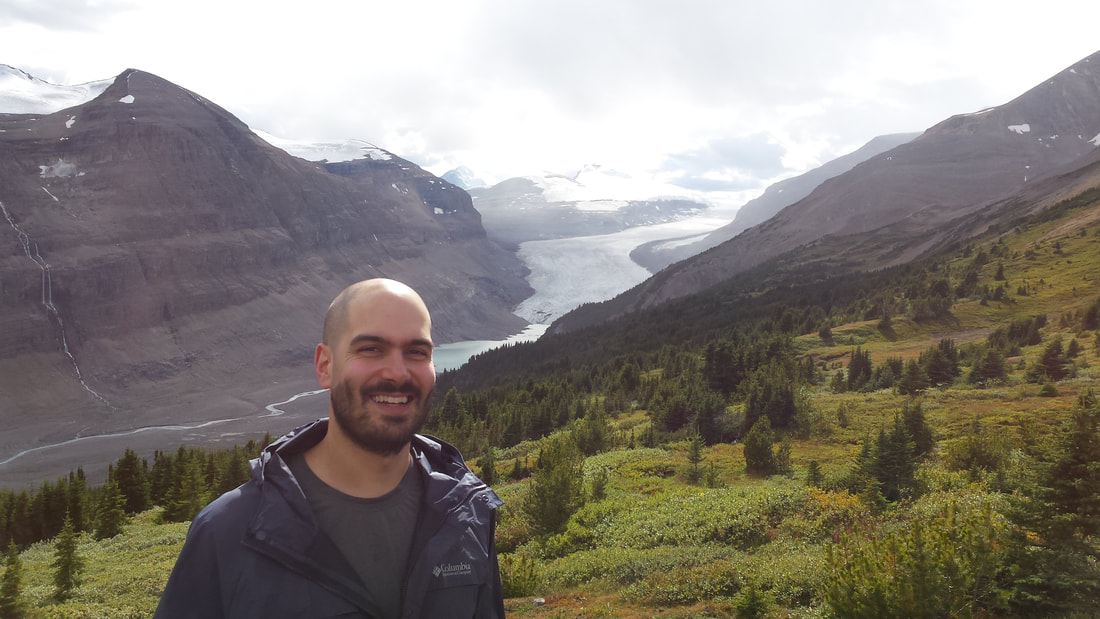Ecohydrology represents a frontier of knowledge in the broader field of hydrology. By considering the role of the biosphere on hydrology, ecohydrology allows us to see the fascinating interactions between vegetation, soil, and water. This interplay is complex and can even be counterintuitive, as is the case with forest disturbance. Conventional understanding of the impact of forest disturbance on water supply suggests that disturbed catchments will yield more water due to reduced plant transpiration. However, this is not always the case as a number of recent studies have shown.
What are your undergraduate and graduate degrees in?
I received undergraduate and MS degree in Civil Engineering from the University of Western Ontario in Canada. I received a PhD. in Civil Engineering with a focus on Hydrology from the University of Washington. My MS degree focused on Geotechnical Engineering, so the interesting juxtaposition for me was moving from thinking of soil as a load-bearing “building” material, towards a hydrologist view of soils as a substrate for water.
How did you arrive at working in/thinking about ecohydrology?
My postdoctoral research was motivated by a string of years with anomalous runoff that really challenged water supply forecasting in the Upper Colorado River Basin. There was a hypothesis that these anomalous runoff events were partly the result of recent bark-beetle disturbances across the region. I investigated this problem using in situ and remotely sensed data together with hydrological models. I was fortunate to work with a diverse team of landscape ecologists, snow and climate scientists.
What do you see as an important emerging area of ecohydrology?
Understanding the role of increasing CO2 levels on plant transpiration and catchment-scale water yields is an important emerging area in ecohydrology. The degree to which these reductions in transpiration can offset warming-driven increases in evaporative demand are particularly interesting.
Do you have a favorite ecohydrology paper? Describe/explain.
I learned a lot by reading a 2012 Ecohydrology paper led by Henry Adams titled: “Ecohydrological consequences of drought- and infestation triggered tree die-off: insights and hypotheses”. This paper provided a nice summary of the state of the science up until that point and made the connection between drought and forest disturbance. This paper was eye opening to the possibility that forest disturbance could lead to decreased water yield in some cases, which is in contrast to much of the past literature. This realization motivated my landscape ecologist colleague, Prof. Brian Buma, and I to publish research investigating the causal factors behind decreasing water yield following forest disturbance (Buma and Livneh, 2017; ERL).
What do you do for fun (apart from ecohydrology)?
I lead a jazz and bluegrass band called Paper Moonshine that records and performs music along the Front Range of Colorado. I also enjoy playing with my two sons and spending time in the local mountains.

 RSS Feed
RSS Feed